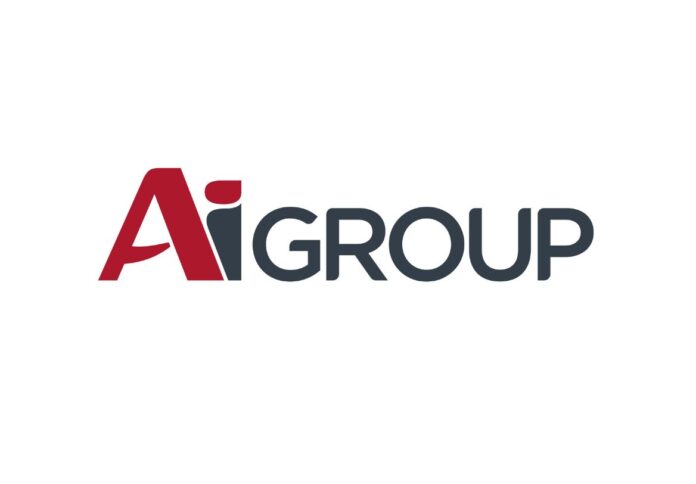
Innes Willox, CEO of the national employer association Ai Group, said the federal government’s recently unveiled Safeguard Mechanism to drive down carbon emissions has a long way to go before its key climate policy reforms start working properly.
Willox said the Safeguard Mechanism is pragmatic, but it is just one part of the policy suite needed for Australia to meet its 2030 emissions target, as well as its goals for 2035 and beyond, at a moderated overall cost.
“But it is an important one, and ultimately will amount to a form of national carbon pricing very different to the past, drawing on a policy legacy from across the political spectrum,” Willox noted.
In a media statement, Willox said building Australia’s global competitiveness for net zero emissions is a core part of the country’s climate balancing act.
Initial measures established by the government to help trade-exposed facilities invest in their future and moderate their potential costs will be helpful in the near future, Willox said.
These measures, along with a series of cost-reduction and flexibility features of the government’s design, should mean there is no risk that Australia loses industries that we will continue to need for a prosperous and resilient economy.
“However, trade exposure will grow more challenging over time as emissions baselines come down, particularly where alternative clean production processes continue to display a cost premium. Tweaking funds or decline rates will not be enough to resolve that,” Willox noted.
The group CEO said industry welcomes the decision to explore longer-term options for an Australian Carbon Border Adjustment Mechanism, with its potential to be a more efficient and sustainable solution to trade competitiveness concerns.
However, Innox noted that Ai Group does not underestimate the complexity and sensitivity of the reform.
“Other aspects of the proposed Safeguard reforms will require more urgent analysis given the 1 July 2023 commencement of the new system. The hybrid approach to baseline setting reconciles different industry views at the cost of some additional complexity. The interaction of banking, borrowing, crediting, multi-year monitoring and other features is intricate and Ai Group will consult our members on how these may play out on the ground.”




















